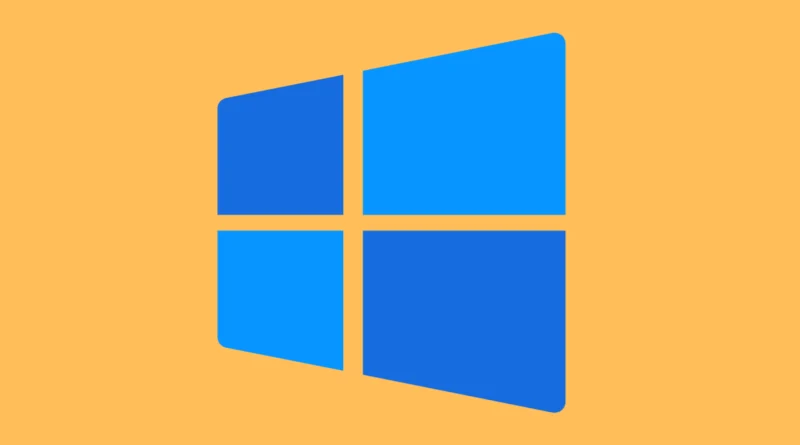Enable or Disable a Network Adapter in Windows 11
Network Adapter in Windows 11
Whenever your PC connects to a new network, Windows 11 automatically creates a network profile. Resetting, renaming, or configuring network adapters is straightforward in Windows 11. You can also manually enable or disable network adapters as needed.
Sometimes, you might need to disable a network adapter. For example, if your device has multiple network adapters, you might want to disable the ones you don’t use to avoid interference. Alternatively, you might disable a network adapter to resolve issues with it.
1. Disable or Enable a Network Adapter via Settings
You can use the Windows 11 Settings app to disable or enable a network adapter. Here’s how:
- Click the Start button and select Settings.
- In the Settings window, click on Network & Internet.
- Scroll down on the right pane and click Advanced network settings.
- Under Network adapters, select the adapter you want to disable and click Disable.
- To enable the network adapter, click Enable.
2. Disable or Enable a Network Adapter via Control Panel
You can also use the Control Panel to manage your network adapters. Follow these steps:
- Click the Windows Search and type Control Panel. Select the Control Panel app from the list.
- In the Control Panel, click Network and Internet.
- On the next page, click Network and Sharing Center.
- On the left pane, click Change adapter settings.
- You’ll see all network adapters. Right-click the adapter you want to disable and select Disable.
- To enable the network adapter, right-click the adapter name and select Enable.
3. Disable or Enable a Network Adapter via Device Manager
You can also use Device Manager to manage network adapters. Here’s how:
- Open Windows Search and type Device Manager. Click on Device Manager from the list.
- In Device Manager, expand Network adapters.
- Right-click the adapter you want to disable and select Disable Device.
- To enable the network adapter, right-click the network device and select Enable Device.
READ MORE: YouTube New Ads Features
4. Enable or Disable Network Adapters via Command Prompt
You can use the Command Prompt to manage network adapters. Follow these steps:
- Type Command Prompt in Windows Search. Right-click and select Run as administrator.
- When Command Prompt opens, execute the command:
netsh interface show interface
- This command lists all network adapters. Note the interface name of the adapter you want to disable.
- Execute this command to disable the adapter (replace “InterfaceName” with the name you noted):
netsh interface set interface "InterfaceName" admin=disable
- To enable the network adapter, use this command:
netsh interface set interface "InterfaceName" admin=enable
5. Enable or Disable Network Adapters via PowerShell
You can also use PowerShell to manage network adapters. Here’s how:
- Type PowerShell in Windows Search. Right-click and select Run as administrator.
- When PowerShell opens, execute this command:
Get-NetAdapter | format-table
- Note the name of the network adapter you want to manage.
- To disable the network adapter, execute this command (replace “AdapterName” with the adapter’s name):
Disable-NetAdapter -Name "AdapterName" -Confirm:$false
- To enable the network adapter, use this command:
Enable-NetAdapter -Name "AdapterName" -Confirm:$false
Managing your network adapters in Windows 11 is easy. We hope this guide helps you! Share it with your friends, and if you have any questions, leave a comment below.
